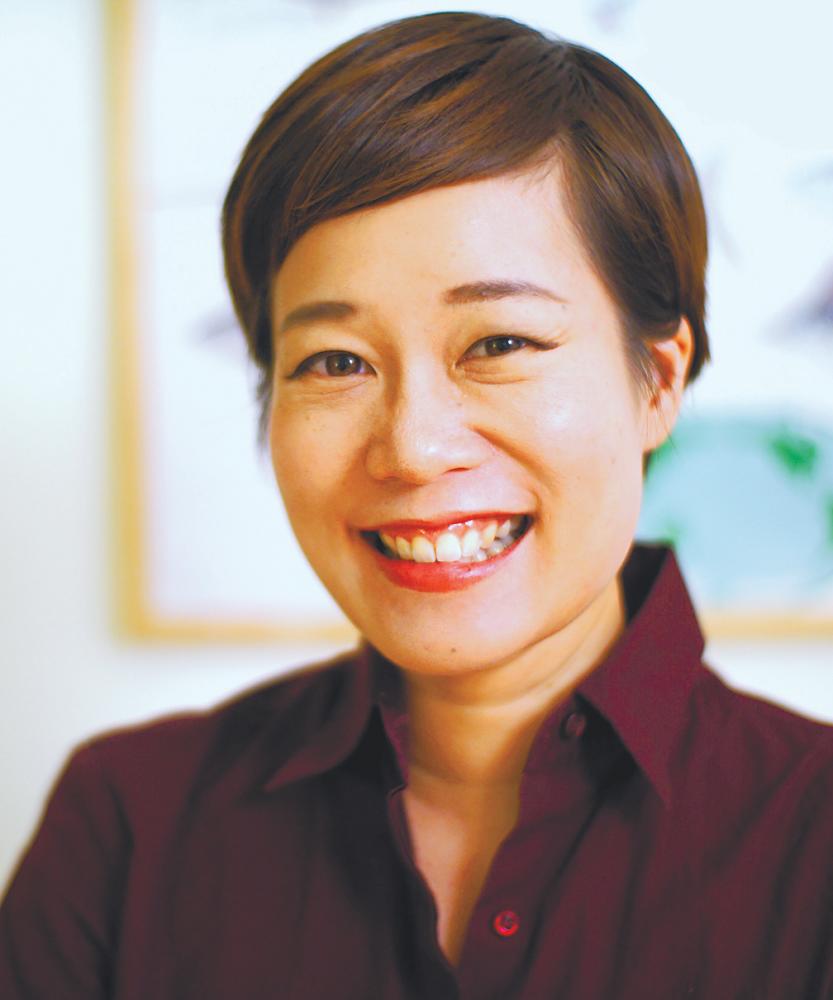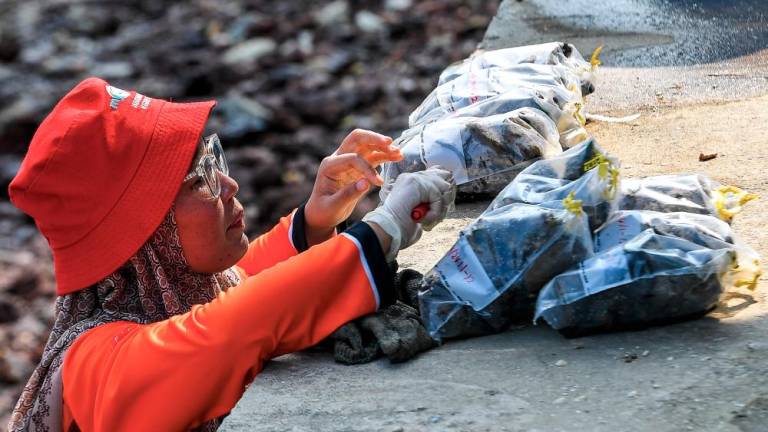SET IN the bygone era of 1930s Malaya, The Night Tiger by Yangsze Choo is the kind of book you can’t put down, because it commands your imagination right from the first page.
This second book by the Malaysian author is a classic murder mystery, with elements of local folklore and superstition weaved into the story.
Count in weretigers, an old severed finger, and characters who are inextricably linked – interestingly based on the five virtues of Confucianism, no less – and you’ve got yourself a plot with so many layers and depth added to it, that it’s no wonder The Night Tiger is such a killer story.
The book’s February release follows Choo’s 2013 debut novel The Ghost Bride – currently in production for a Netflix series – that according to the New York Times bestselling author, explores the topics of lost, duality, and mirror worlds.
Speaking on the phone in a recent interview, the US-based author said that while writing the book, the thought of “how something can be one thing, and yet, completely different at the same time”, was playing on her mind.
“The book is full of a lot of parallel worlds,” she said. “You’ve got the world of the living and the world of the dead, the servants and the masters.”
Many aspects in the book were inspired by her parents, who were born and grew up in the Kinta Valley of Perak, and the stories they would tell her.
Choo recalled: “When my mum was a little girl, she had a friend who was actually a servant in one of these British houses.
“So they really had child servants who were 13, 14 years old working in the kitchen.
“I thought, those are two worlds which are kind of juxtaposed on each other.
“It’s really interesting to see they existed at the same time.”
Spanning the Kinta Valley area which cover towns like Taiping, Ipoh, and Batu Gajah, the story is mainly told through the perspectives of Ren, an 11-year-old pretending to be two years older, in order to keep working as a child servant, and Ji Lin, who has a secret part-time job as a dancer at the May Flower Dance Hall.
Ren’s journey begins in Kamunting, a place he soon departs to fulfil the dying wish of his British master, a weretiger-obsessed doctor – to find his finger, which had to be surgically removed years ago – all before reaching the 49 days after his death, or his soul won’t rest in peace.
Ren then leaves for an address in Batu Gajah provided by the doctor, who made sure he could continue working with a former medical colleague, and at the same time, keep his promise of finding the finger.
Meanwhile, the finger itself inadvertently finds its way to Ji Lin’s possession, after it falls from a client’s pocket during a dance.
The book’s protagonists are named according to the five virtues – Ren represents benevolence and Ji Lin is knowledge, while three other characters complete the set, including Ren’s deceased twin brother Yi, who represents honesty, and Ji Lin’s step-brother Shin who represents faithfulness and integrity (the fifth character is a mystery).
“There are different pairs, and the whole question is, how do you relate to each other,” said Choo, adding that there “is a lot of loss [and] loneliness in the book as well.”
However, she said initially, she never really considered using the idea of the five virtues in the book.
“It’s all thanks to this class I took on neo Confucianism in university, and now, many years later, it’s [in the book.]
“The Chinese idea is that all these virtues should make up a whole person.
“They should somehow be in balance, and in the book, all of them are missing something.
“Here’s five people somehow bound together, and actually in terms of duality.”
She added that the characters are also connected by a feeling of loss.
“They can’t go on the way they’re going on, and so you either have to come together, or pull apart and form new relationships and new dynamics.”
One of the reasons why the book is brilliant is due to the amount of research and details on Choo’s part.
She would make trips to towns like Papan and Batu Gajah, where she would note the details, right down to the type of tiles used in the latter town’s hospital.
“Those tiles are really there. When I went to look at the Batu Gajah Hospital, I was actually in the middle of writing the book.
“I was looking at the tiles, and I took a picture, and said this is really interesting, these tiles are from France. And they’re hard to replace.
“They really came all the way from France, to build all these colonial houses.”













